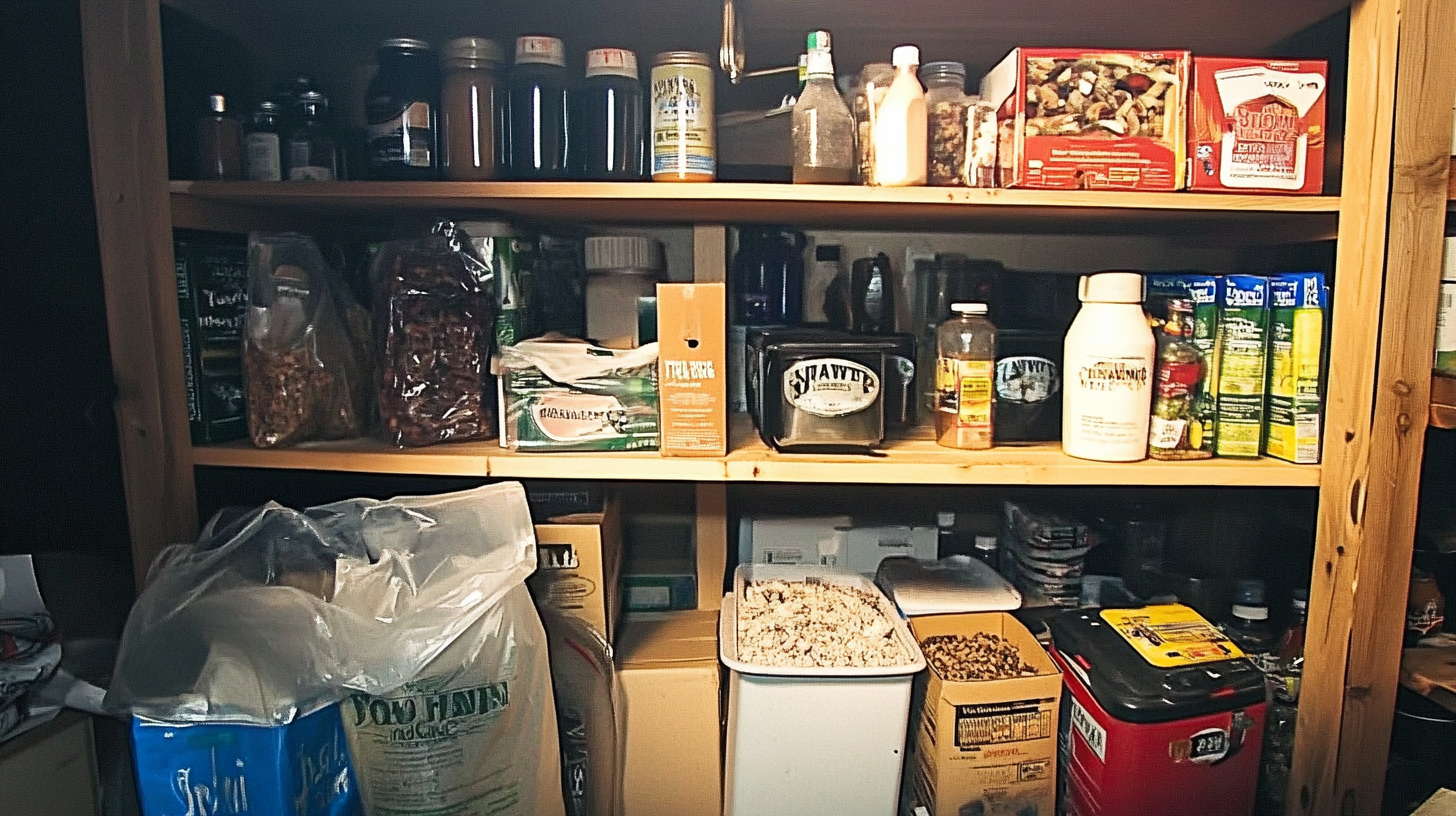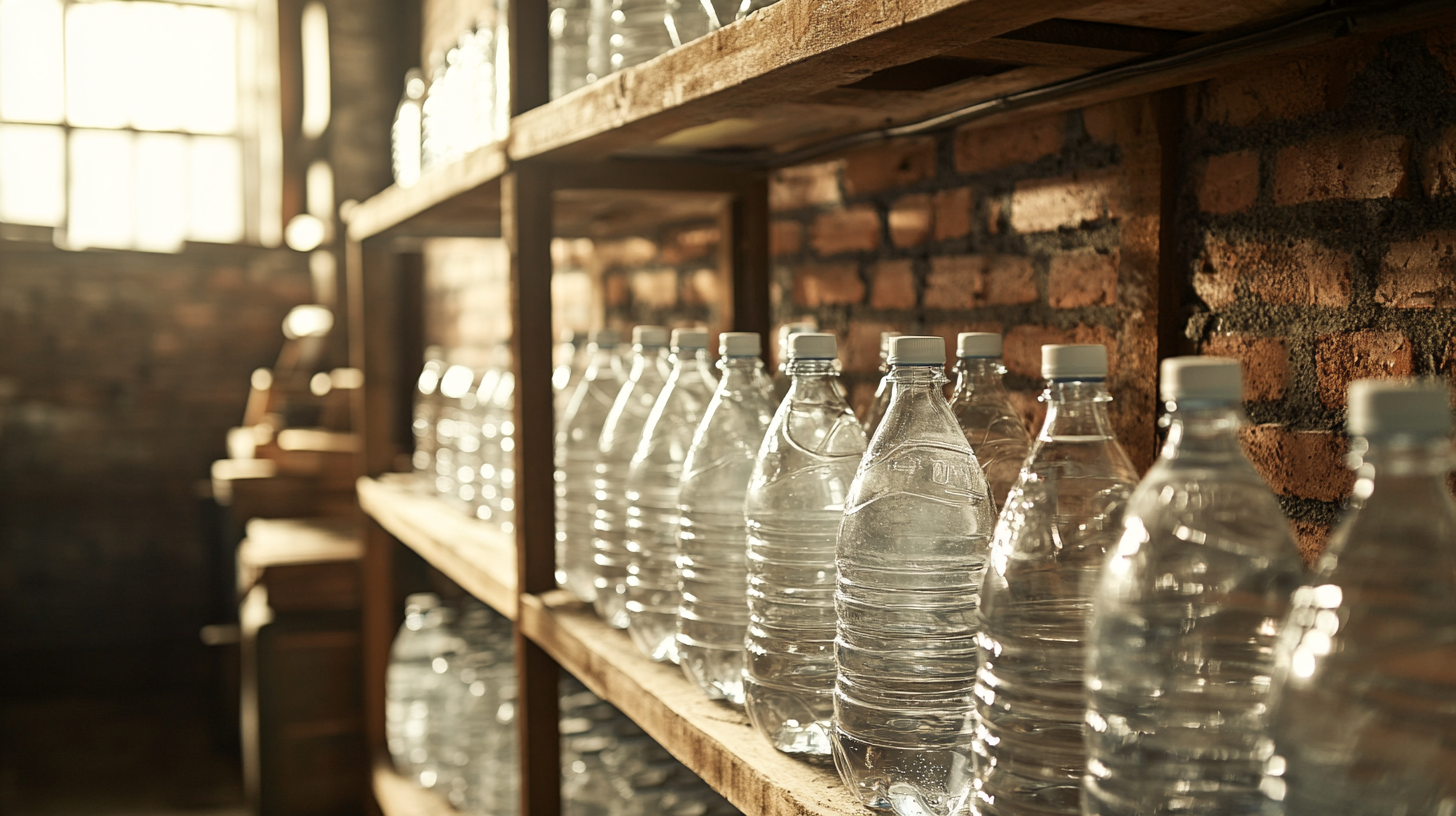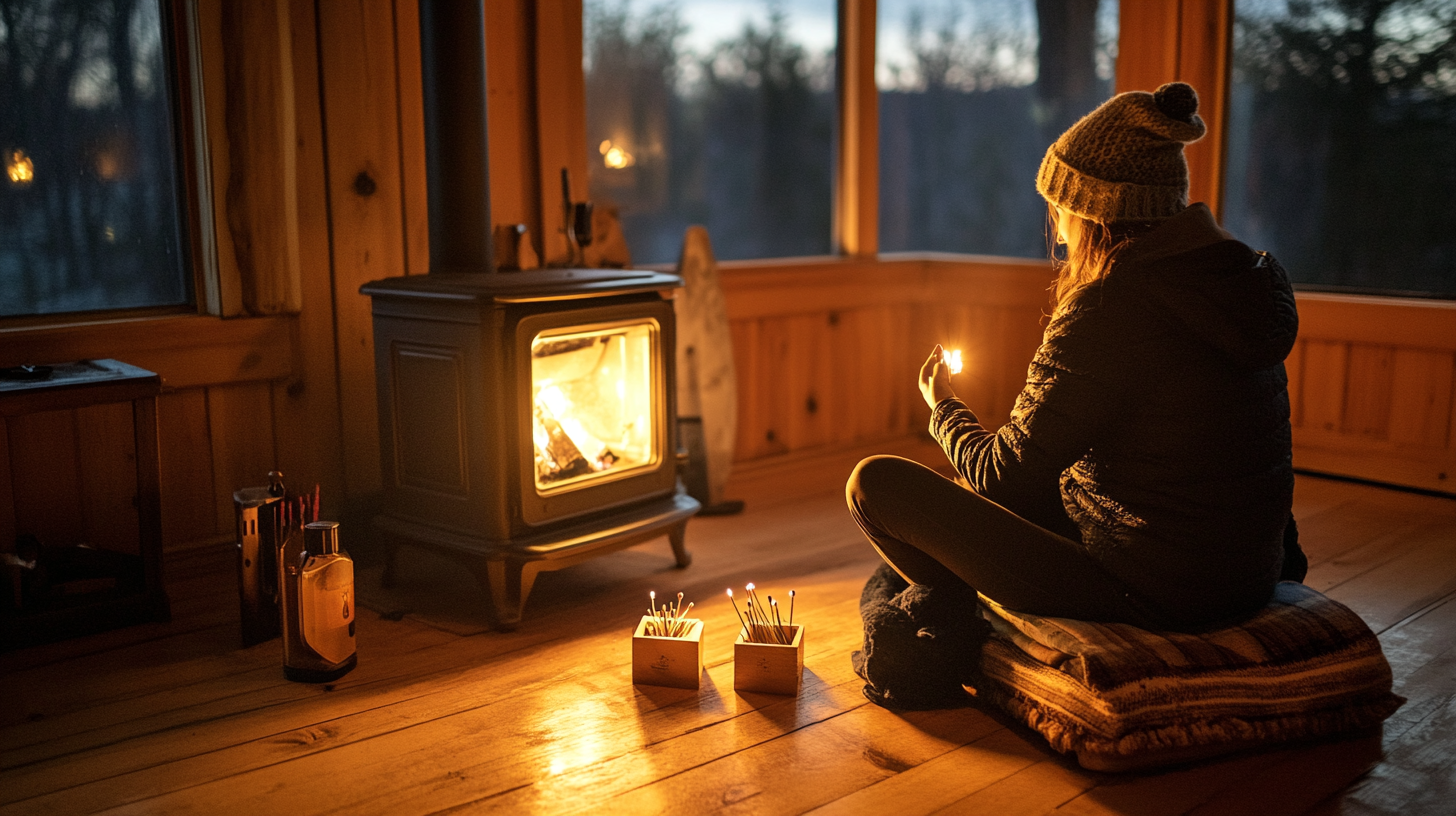How to Bug-In: Essential Preparations for Grid-Down Survival

Experts suggest preparing for at least 2 weeks of self-sufficiency. Start with 3 days of supplies and gradually increase to 2 weeks or more. Don't let uncertainty stop you from getting started. Even small steps in preparation can make a big difference.
Key Areas to Focus On
When preparing for an extended stay at home during a disaster, focus on these essential categories:
- Shelter
- Water
- Fire
- Food
- First Aid
- Self-Defense
Creating a Safe Haven
Your home is your primary shelter during a disaster. But you need more than just a roof over your head. Consider these factors:
- Alternative heating sources for cold weather
- Ways to seal off rooms to conserve heat
- Extra blankets and warm clothing
Wood-burning stoves, kerosene heaters, and portable propane heaters are good backup options. A wood stove can heat 1000 square feet and allow for cooking. Kerosene heaters are affordable and don't need electricity. Small propane heaters work well for smaller spaces.
Tips for staying warm:
- Close off unused rooms
- Hang blankets over windows
- Use sleeping bags for extra warmth
- Even a single candle can raise a car's temperature by several degrees
Securing Your Water Supply

Water is critical for survival. Without it, you can die in just 3 days. Don't rely solely on your usual water source.
Water storage options:
- Buy cases of bottled water
- Store tap water in food-grade containers
- Repurpose 2-liter soda bottles
To store water in soda bottles:
- Wash bottles with soap and water
- Sanitize with diluted bleach solution
- Fill with tap water and add 2 drops of bleach
- Replace stored water yearly
Fire for Warmth and Cooking

Fire serves multiple purposes in a disaster:
- Provides heat
- Allows for cooking
- Boils water for purification
- Offers light and comfort
Stock up on matches, lighters, and fire starters. Practice building fires safely. Consider a wood-burning stove that can heat your home and cook food.
Food Supplies for Extended Periods
Build a supply of non-perishable foods that don't require cooking. Aim for a mix of:
- Canned goods (fruits, vegetables, meats)
- Dried foods (beans, rice, pasta)
- High-energy snacks (nuts, dried fruit, granola bars)
Don't forget a manual can opener. Rotate your food supply to keep it fresh.
First Aid Essentials
A well-stocked first aid kit is crucial. Include:
- Bandages and gauze
- Antiseptic wipes
- Pain relievers
- Any personal medications
- Basic first aid manual
Learn basic first aid skills before a disaster strikes.
Self-Defense Measures
In prolonged emergencies, security can become a concern. Consider:
- Reinforcing doors and windows
- Having a family communication plan
- Learning basic self-defense techniques
- Securing any weapons safely
Often Overlooked Items
Don't forget these important but often missed items:
Sanitation supplies
- Toilet paper
- Trash bags
- Feminine hygiene products
- Bleach for disinfecting
Entertainment
- Books
- Board games
- Cards
- Battery-powered radios
Boredom and stress can be significant challenges during extended periods at home.
Final Thoughts
Preparing to stay home during a disaster takes planning and effort. Start small and build your supplies over time. Regular practice and review of your plans will help ensure you're ready when disaster strikes.
Remember, the goal is to be self-sufficient for at least two weeks. With proper preparation, you can weather many emergencies from the safety of your own home.
Common Questions About Grid-Down Survival
What to Pack for Staying Home During a Crisis
A bug-in checklist should include:
- Water (1 gallon per person per day)
- Non-perishable food
- First aid kit
- Flashlights and batteries
- Battery-powered or hand-crank radio
- Warm clothes and blankets
- Cash and important documents
- Basic tools
- Sanitation supplies
- Medications
Store enough supplies to last at least 2 weeks.
Staying in Touch When the Power is Out
Communication options during a blackout:
- Battery-powered or hand-crank radio
- Walkie-talkies
- Solar-powered or car chargers for phones
- Ham radio
- Written notes left with neighbors
- Predetermined meeting places
- Whistle or air horn for signaling
Typical Length of Major Power Outages
Power outages can last from hours to weeks. Prepare for:
- Short-term (1-3 days): Common for storms
- Medium-term (4-14 days): Severe weather events
- Long-term (2+ weeks): Rare, catastrophic events
Stock supplies to last at least 2 weeks. Be ready to adapt if the outage lasts longer.
Keeping Vehicles Ready Without Electricity
Steps for transportation readiness:
- Keep gas tanks at least half full
- Store extra fuel safely
- Have a car emergency kit
- Know how to manually open electric garage doors
- Keep bicycles in good repair
- Have a map and compass for navigation
- Consider alternate transportation like horses
Key Items for an Emergency Supply Box
A basic disaster box should contain:
- Water and water purification methods
- Non-perishable food
- First aid supplies
- Flashlights and batteries
- Radio (battery-powered or hand-crank)
- Warm clothes and blankets
- Cash in small bills
- Copies of important documents
- Basic tools
- Personal hygiene items
- Matches in a waterproof container
Living Self-Sufficiently During Extended Blackouts
Strategies for long-term grid-down survival:
- Collect rainwater
- Grow a vegetable garden
- Learn food preservation techniques
- Use solar ovens for cooking
- Practice basic first aid
- Master fire-starting skills
- Learn to repair clothes and tools
- Develop bartering skills with neighbors
- Create manual versions of electric tools
Focus on skills that reduce reliance on the power grid.




